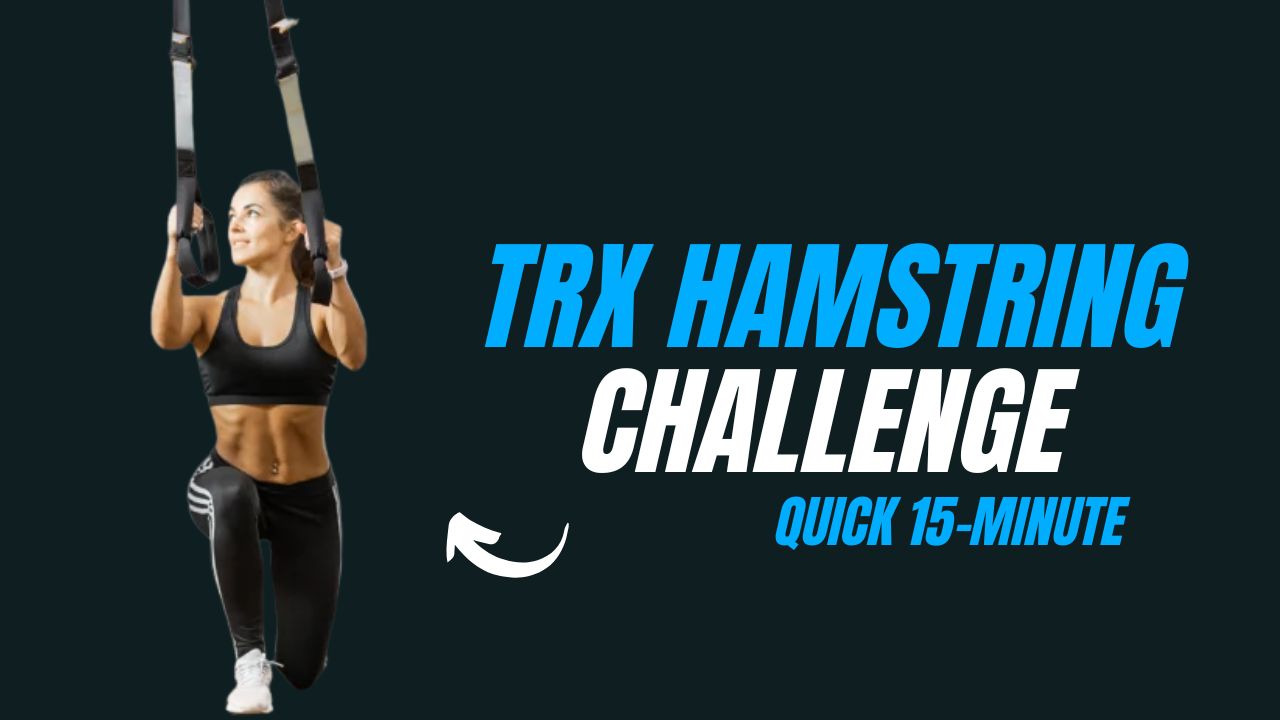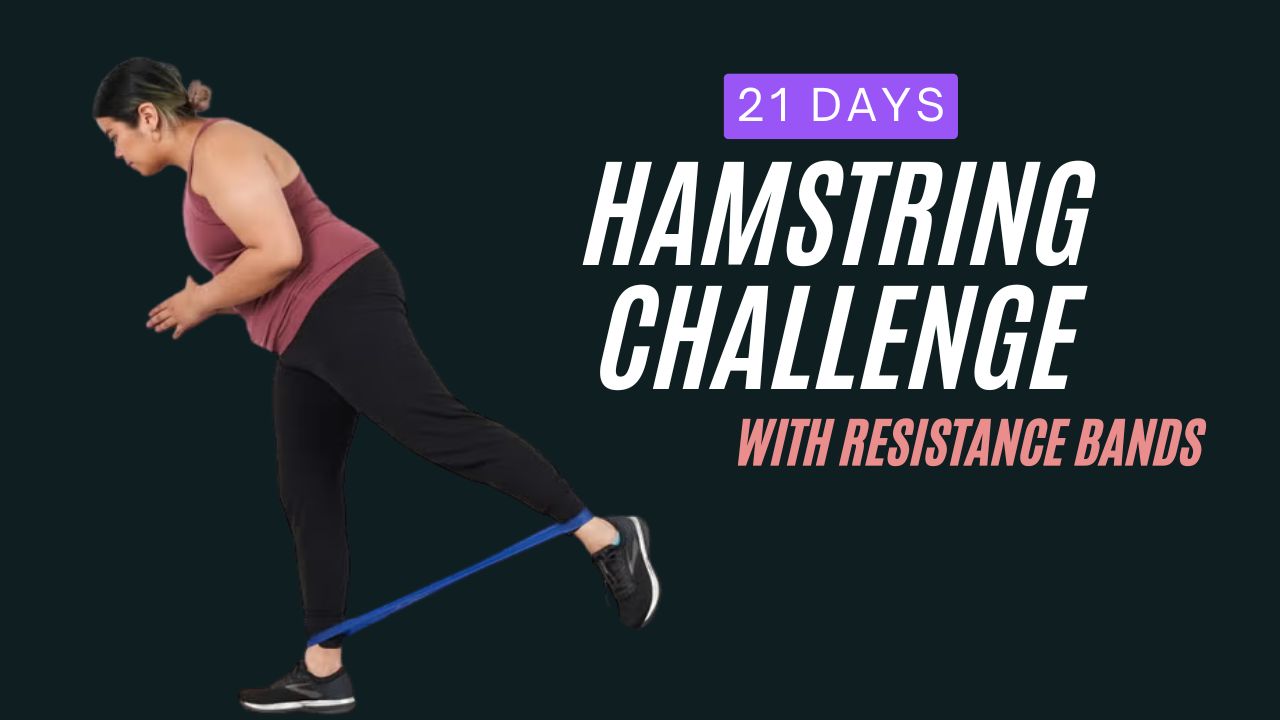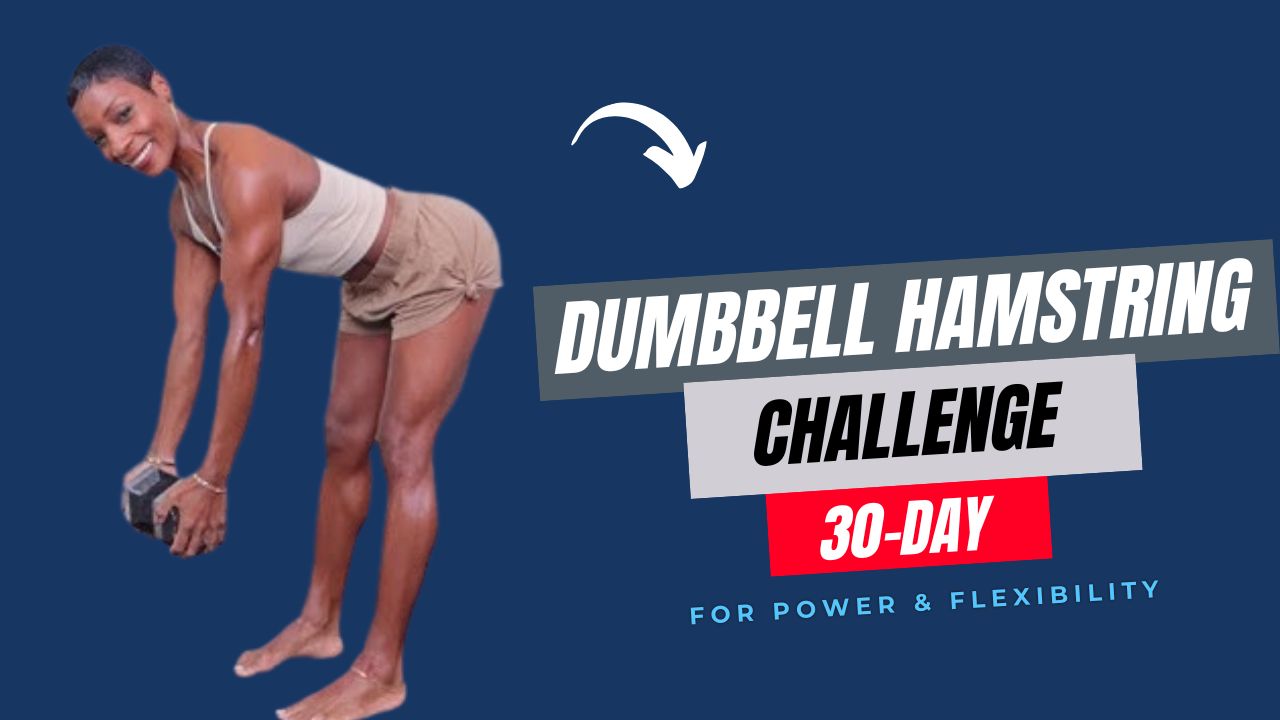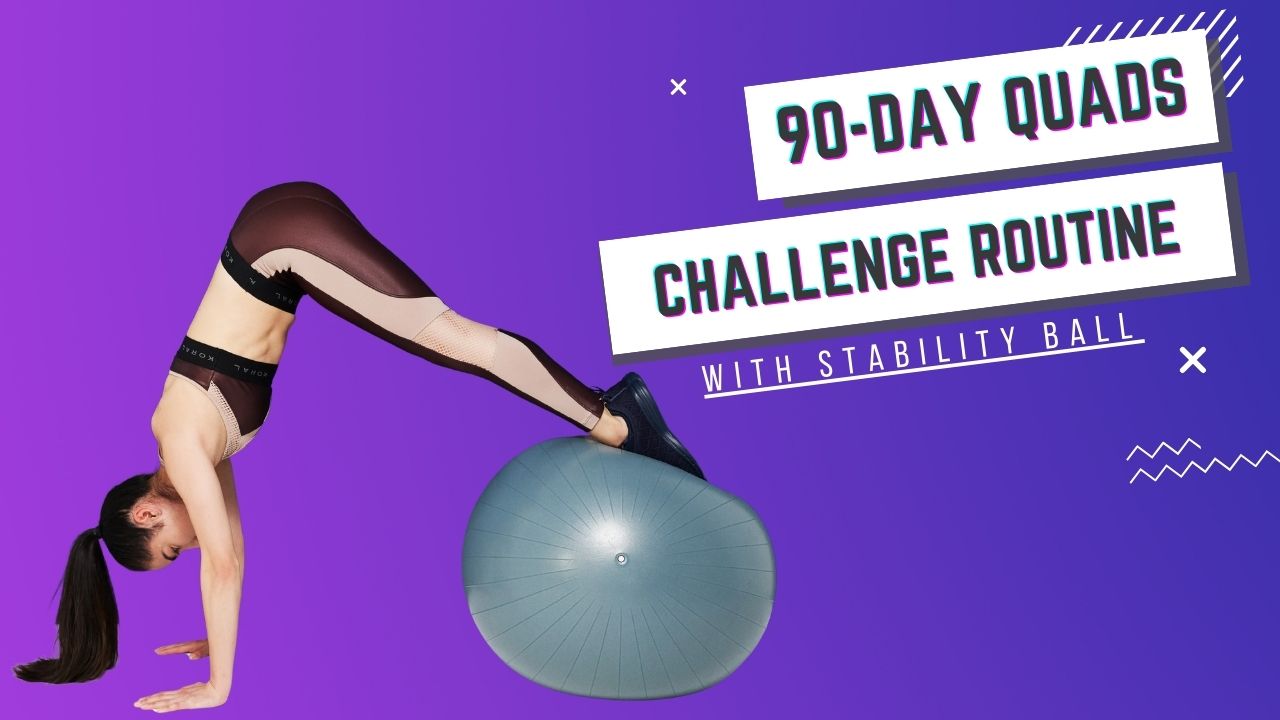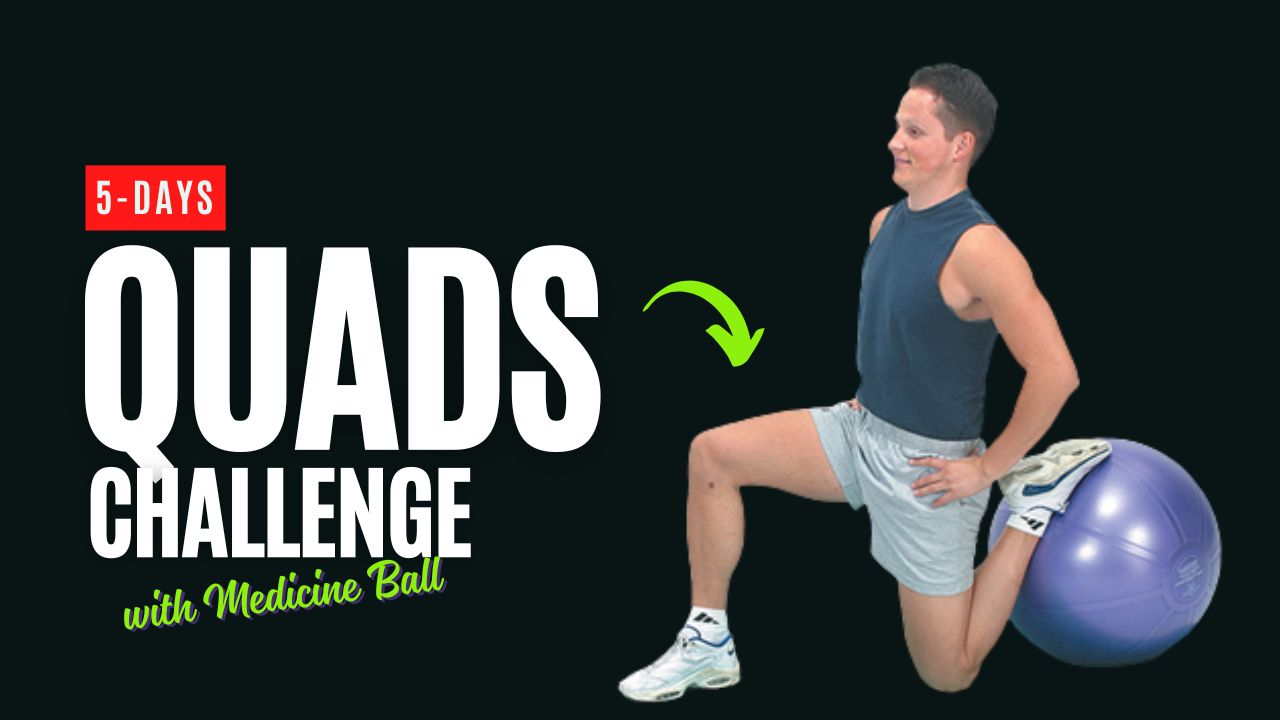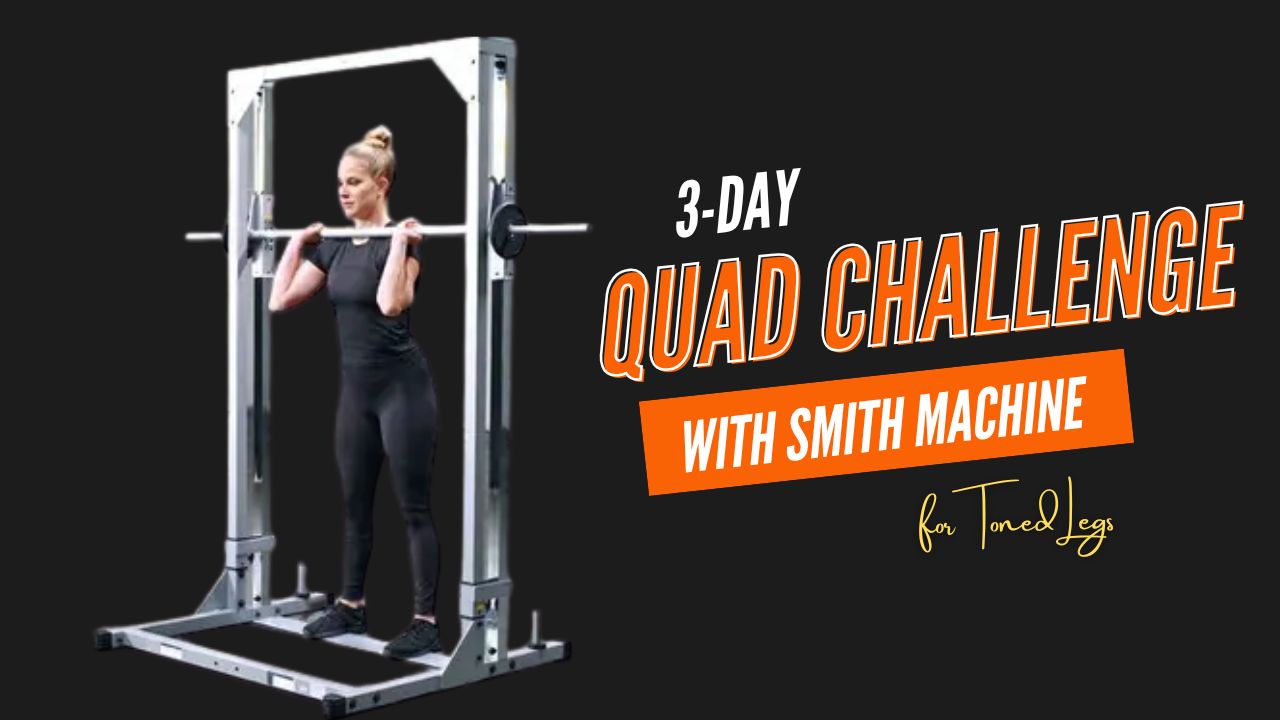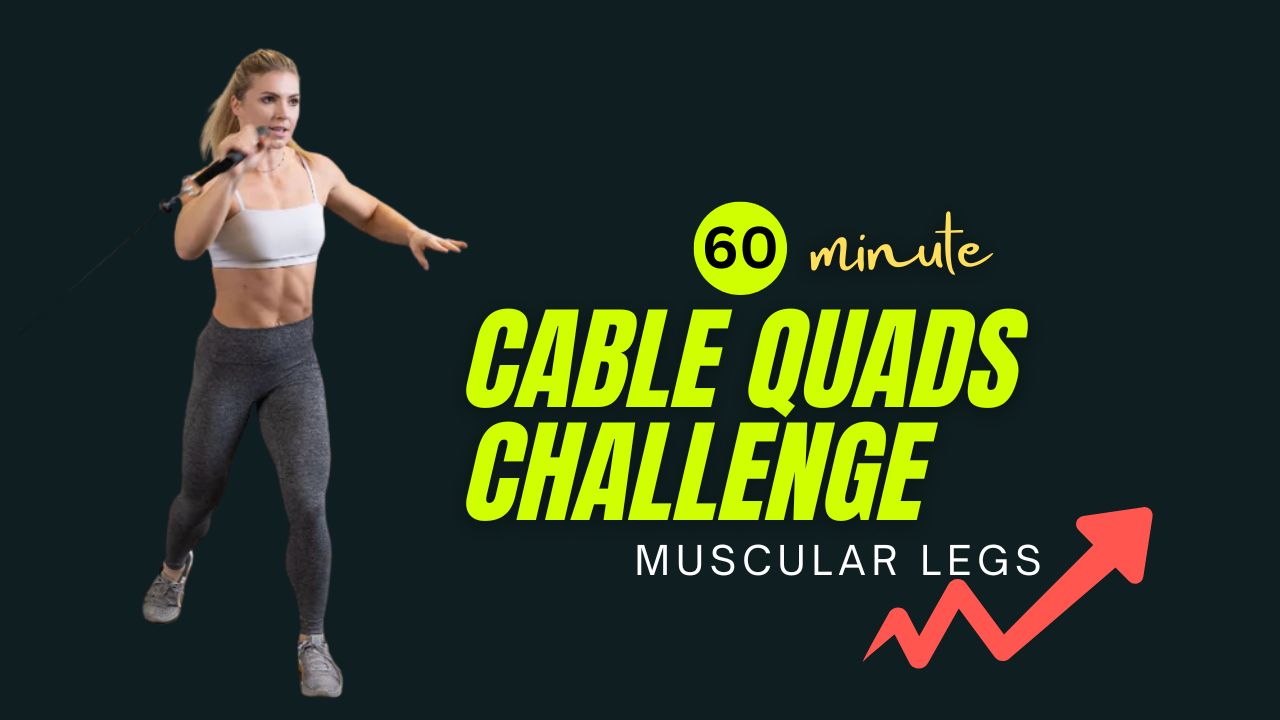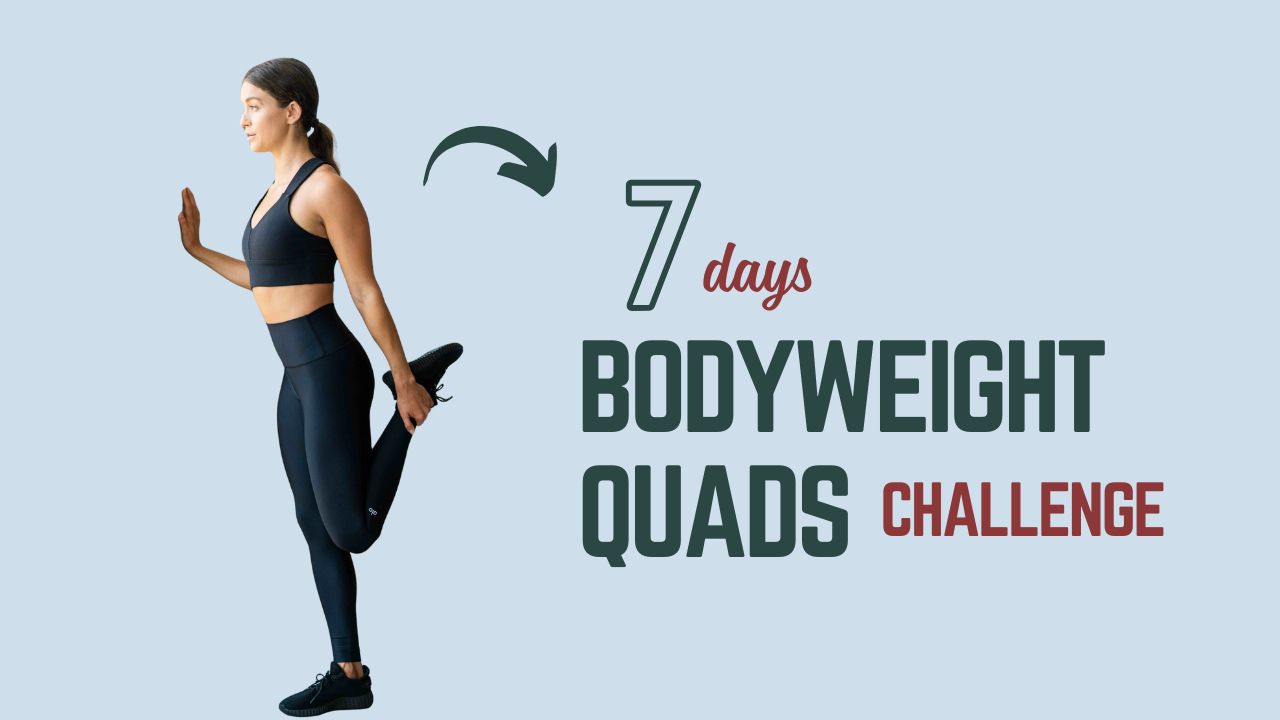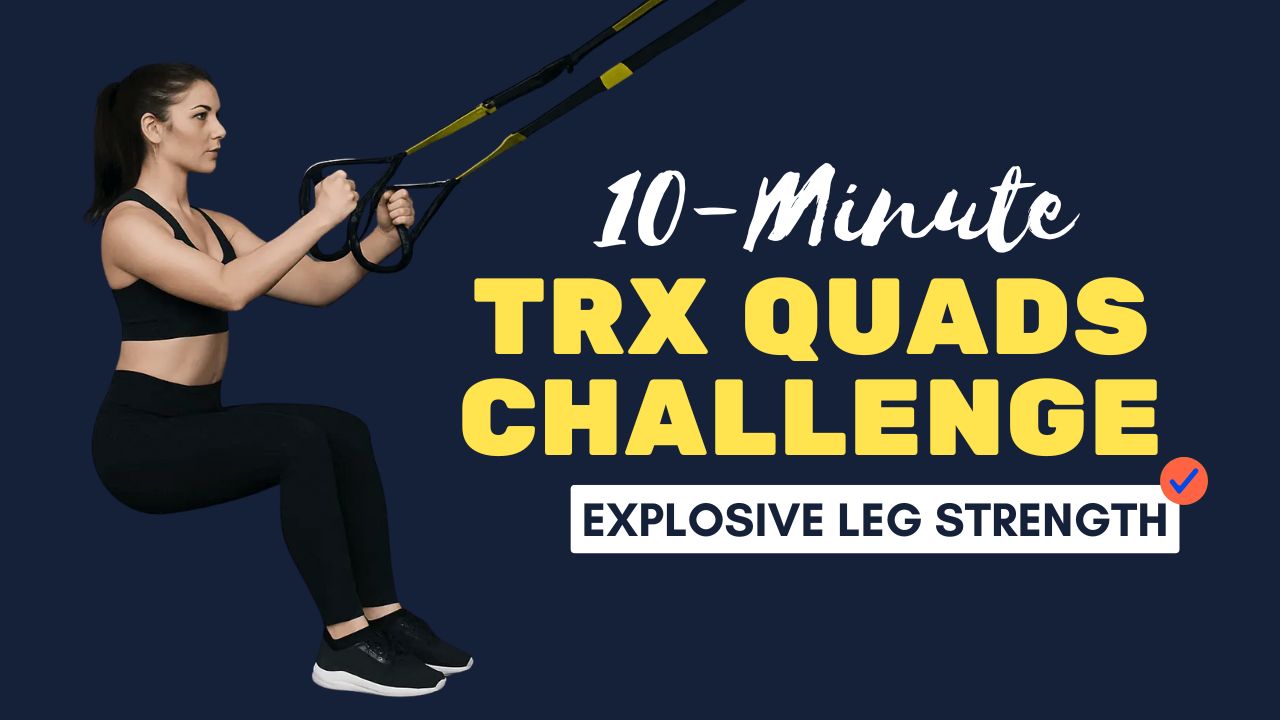Do you know that your glutes are not just about looks—but crucial for posture, performance, and injury prevention?
Most people overlook them until back pain, poor balance, or sluggish athletic performance creeps in. Here’s the good news: you don’t need a gym full of machines.
Just one underrated tool—the Swiss ball—can unlock serious glute gains, functional strength, and better movement control.
In this post, we’re diving into 10 Swiss ball glutes exercises that aren’t just about aesthetics but also about improving core stability, hip mobility, and lower body power.
Plus, we’ll show you exactly how to do each movement properly to activate your glutes the right way.
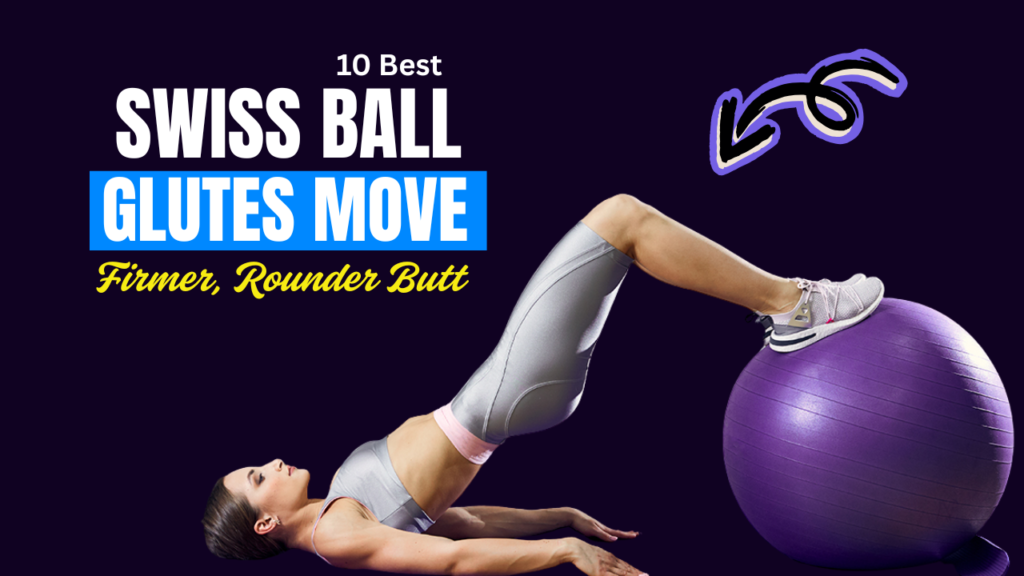
Let’s roll.
Table of Contents
What Can Happen After 30 Days of Swiss Ball Glutes Exercises
| Positive Changes | Why It Happens |
|---|---|
| Noticeably firmer and lifted glutes | Consistent glute activation leads to muscle toning and hypertrophy |
| Improved core strength and balance | The instability of the Swiss Ball engages deep stabilizing muscles |
| Better posture and hip alignment | Strengthening glutes helps support the pelvis and lower back |
| Reduced lower back discomfort | Stronger glutes take pressure off the lumbar spine |
| Enhanced performance in walking, running, and squatting | Glutes are primary movers in most athletic and daily activities |
| Increased body awareness and control | Balancing on the ball sharpens neuromuscular coordination |
| More confidence in lower body workouts | Mastering foundational movements builds self-assurance |
| Visible improvement in muscle symmetry | Unilateral moves correct left-right imbalances |
| Boosted daily energy levels | Activating large muscle groups improves blood flow and energy output |
| Formation of a consistent fitness habit | 30-day repetition sets the stage for a long-term active routine |
Do & Don’t for Swiss Ball Glutes Exercises
| Do | Don’t |
|---|---|
| Engage your glutes intentionally in every rep | Let momentum take over the movement |
| Start with beginner-friendly movements if you’re new | Jump straight into advanced single-leg moves without mastering basics |
| Keep your core tight for stability | Arch or sag your lower back during bridges or thrusts |
| Use a properly sized Swiss Ball based on your height | Use an oversized or underinflated ball that compromises form |
| Focus on slow, controlled motion | Rush through reps with sloppy form |
| Place the ball on a non-slip surface | Exercise on a slippery or unstable floor |
| Breathe steadily—exhale during exertion | Hold your breath while performing exercises |
| Include both bilateral and unilateral (single-leg) exercises | Only train both legs at once, ignoring muscle imbalances |
| Rest 30–60 seconds between sets | Skip rest and sacrifice form for volume |
| Warm up your hips and glutes before starting | Jump into heavy glute work without preparing your muscles |
10 Best Swiss Ball Glute Moves
1. Swiss Ball Glute Bridge
Why It Works: This classic move isolates the glutes while engaging your core for balance.
How to Do It:
- Lie on your back with your feet on the Swiss ball, knees bent.
- Arms flat at your sides, palms down.
- Press your heels into the ball and lift your hips until your body forms a straight line from shoulders to knees.
- Pause at the top, squeezing your glutes hard.
- Lower slowly.
Tip: Don’t arch your back. The movement should come from your hips.
2. Swiss Ball Hip Thrust
Why It Works: Hip thrusts are one of the top exercises for glute growth. Adding the ball increases core activation.
How to Do It:
- Sit on the floor, upper back resting against the Swiss ball, knees bent.
- Feet hip-width apart, firmly on the floor.
- Lower your hips down, then drive them up, squeezing your glutes.
- At the top, your body should form a straight line from shoulders to knees.
Did You Know? Many people feel their hamstrings more than their glutes in bridges. This often means underactive glutes—something the hip thrust helps correct.
3. Swiss Ball Leg Curl to Glute Bridge
Why It Works: This combo move targets hamstrings and glutes together with added core work.
How to Do It:
- Lie on your back, heels on the ball, legs straight.
- Lift your hips off the floor.
- Curl the ball toward you by bending your knees.
- Once the ball is close, lift your hips into a bridge.
- Slowly reverse the movement.
Pro Tip: Move in a slow, controlled manner. Momentum cheats your muscles.
4. Swiss Ball Wall Squat
Why It Works: It’s a safer squat alternative, especially for beginners or those with knee concerns, while still challenging the glutes.
How to Do It:
- Place the Swiss ball between your lower back and a wall.
- Step your feet forward slightly.
- Lower into a squat, keeping the ball in contact with your back.
- Go until thighs are parallel to the floor, then return.
Form Myth Buster: Squats don’t ruin your knees—poor form does. The Swiss ball helps maintain proper alignment.
5. Swiss Ball Reverse Hyperextension
Why It Works: This glute isolation move strengthens the posterior chain without compressing the spine.
How to Do It:
- Lie face down on the ball with hands on the floor for balance.
- Let your legs hang down.
- Lift both legs up until they’re level with your hips, squeezing your glutes.
- Lower slowly without swinging.
Fact: This exercise is a favorite in physical therapy to improve lower back health through glute activation.
6. Swiss Ball Bulgarian Split Squat
Why It Works: Adds instability and balance challenge to one of the best unilateral glute exercises.
How to Do It:
- Place one foot on top of the Swiss ball behind you.
- Stand tall, other foot flat on the floor.
- Lower into a lunge, front knee in line with ankle.
- Drive through the front heel to return.
Balance Tip: Focus your eyes on a fixed point to stabilize yourself.
7. Swiss Ball Single-Leg Glute Bridge
Why It Works: This variation zeroes in on each glute independently and tests your core balance.
How to Do It:
- Lie on your back, one foot on the ball, other leg extended.
- Press through the heel on the ball, lifting your hips.
- Squeeze at the top, then slowly lower.
Glute Tip: Keep hips square—don’t let one side drop or twist.
8. Swiss Ball Roll-Out to Pike
Why It Works: While this is a core-heavy move, it also lights up the glutes through hip flexion and control.
How to Do It:
- Start in a plank position with shins on the ball, hands on the floor.
- Roll the ball toward your hands by lifting your hips high.
- Pause briefly, then roll back to plank.
Bonus Benefit: Great for enhancing mobility and stability around the hip joint.
9. Swiss Ball Step-Up (with Glute Focus)
Why It Works: A functional, glute-dominant movement that enhances hip drive and balance.
How to Do It:
- Place the Swiss ball against a wall or in a corner for stability.
- Step up with one leg, pressing through the heel.
- Drive the other leg up as you reach the top.
- Lower slowly and repeat.
Note: Step-ups require control more than speed. Let your glutes do the work—not momentum.
10. Swiss Ball Frog Pump
Why It Works: Glute-focused and hip-opening movement—especially good for warm-ups or burnout sets.
How to Do It:
- Lie on your back with the soles of your feet together on the ball, knees open.
- Press your feet into the ball and lift your hips.
- Squeeze the glutes at the top, hold, then lower.
Did You Know? This move activates more of the glute medius and minimus, important for hip stabilization.
Final Thoughts: Small Tool, Big Impact
The Swiss ball isn’t just a rehab tool or a gimmicky fitness toy. When used correctly, it can be a powerful asset for glute development, functional strength, and total body balance.
Whether you’re training at home or want to spice up your gym routine, integrating these 10 Swiss Ball glutes exercises will help you move better, look stronger, and build the foundation for injury-free performance.
Frequently Asked Questions (FAQs)
Can Swiss ball exercises really build glute muscles?
Yes, when performed correctly, Swiss ball exercises effectively activate and strengthen the glute muscles. The added instability of the ball recruits more muscle fibers, especially in the gluteus maximus and medius, which helps in muscle development over time.
Are Swiss ball glute exercises suitable for beginners?
Absolutely. Many Swiss ball glute exercises are beginner-friendly and low-impact. Moves like the Swiss Ball Glute Bridge or Wall Squat are great starting points, offering both support and muscle engagement without requiring heavy weights.
How often should I do Swiss ball glutes workouts?
For noticeable results, aim for 2–3 sessions per week, allowing rest days in between for recovery. Combine these exercises with proper nutrition and full-body strength training for optimal progress.
Do Swiss ball glute exercises also work the core?
Yes. Almost all Swiss ball exercises require core engagement to maintain balance. This makes them highly effective for building both glute strength and core stability simultaneously.
Can I use weights with these exercises?
Yes, once you’ve mastered bodyweight versions, you can add dumbbells, resistance bands, or weight plates to increase resistance and stimulate further muscle growth.
Is it safe to do these exercises at home?
Yes, these exercises are designed to be safe for home workouts. Just make sure you have a non-slip surface, a properly inflated Swiss ball, and enough space to move freely.
What if I feel it more in my hamstrings than glutes?
This is a common issue. Focus on slow, controlled movements and consciously squeeze your glutes at the top of each rep. Also, warm up with glute activation drills like clamshells or donkey kicks.
Are these exercises helpful for relieving lower back pain?
Yes. Strong glutes help support the pelvis and spine, reducing strain on the lower back. However, consult with a physical therapist if you have chronic pain or specific injuries.
How long will it take to see results from Swiss ball glutes exercises?
With consistent training (2–3 times per week), most people begin to feel stronger and more activated glutes within 3–4 weeks. Visible changes may take 6–8 weeks, depending on diet, intensity, and other training.
